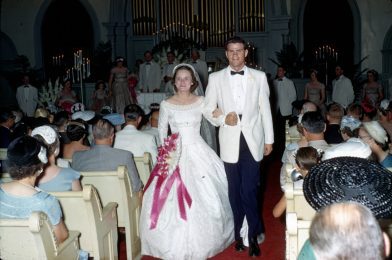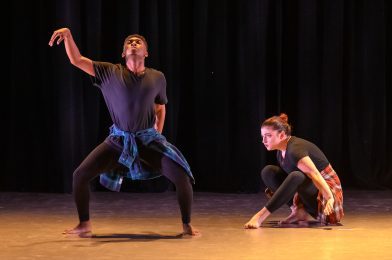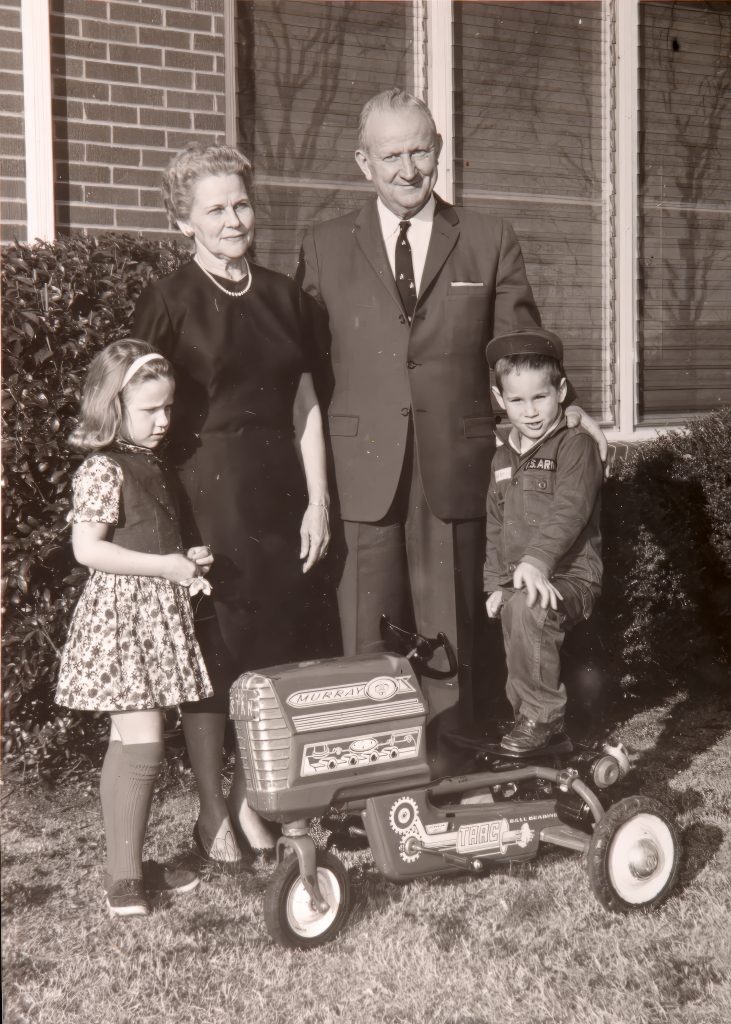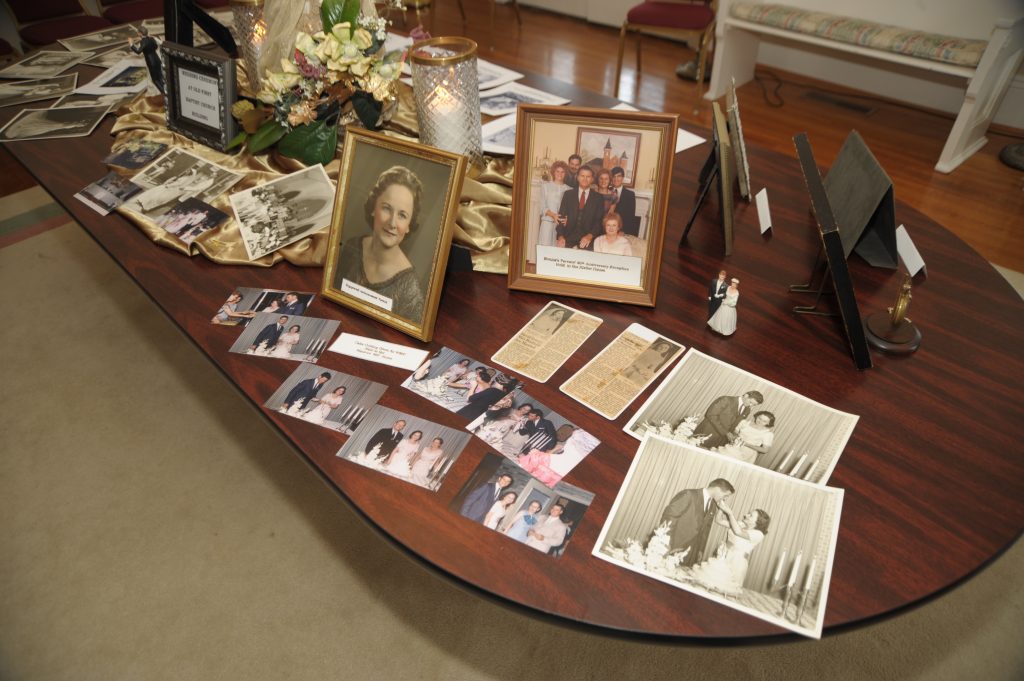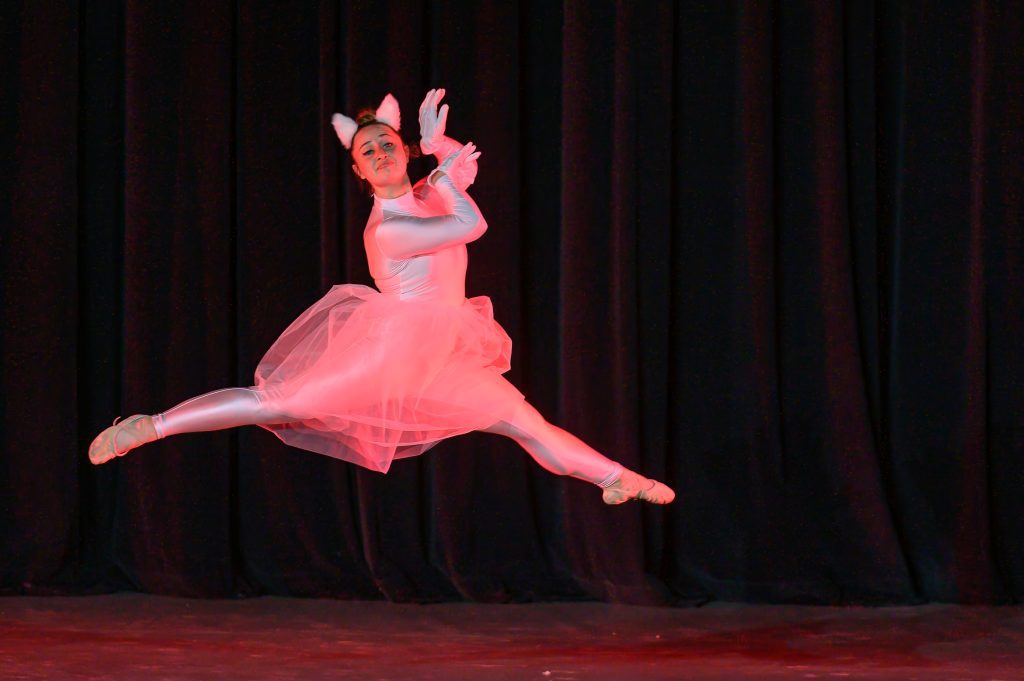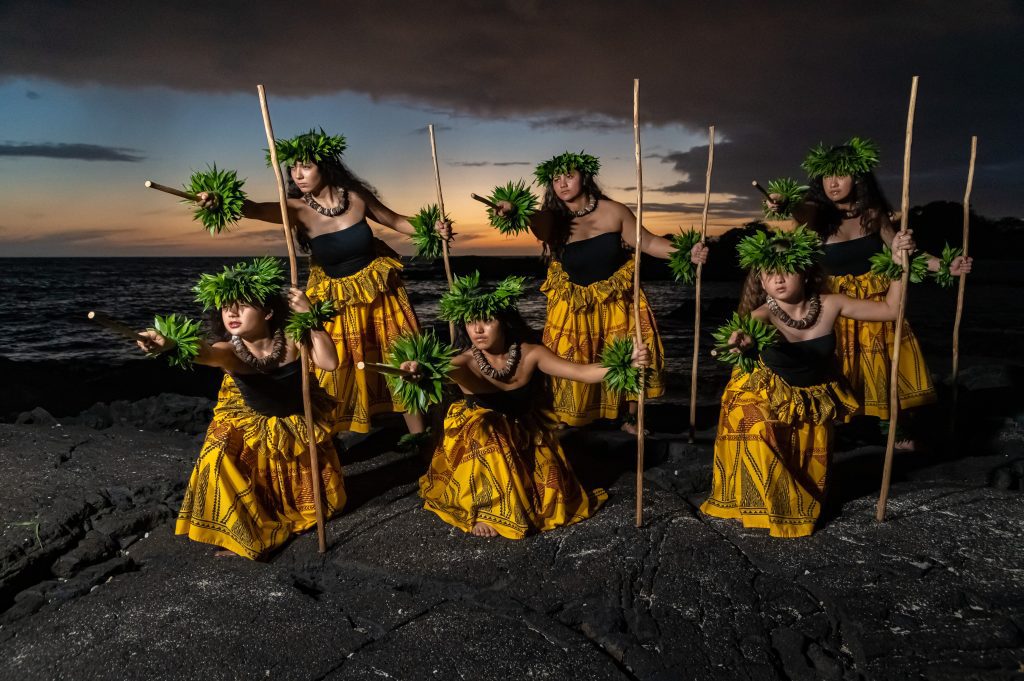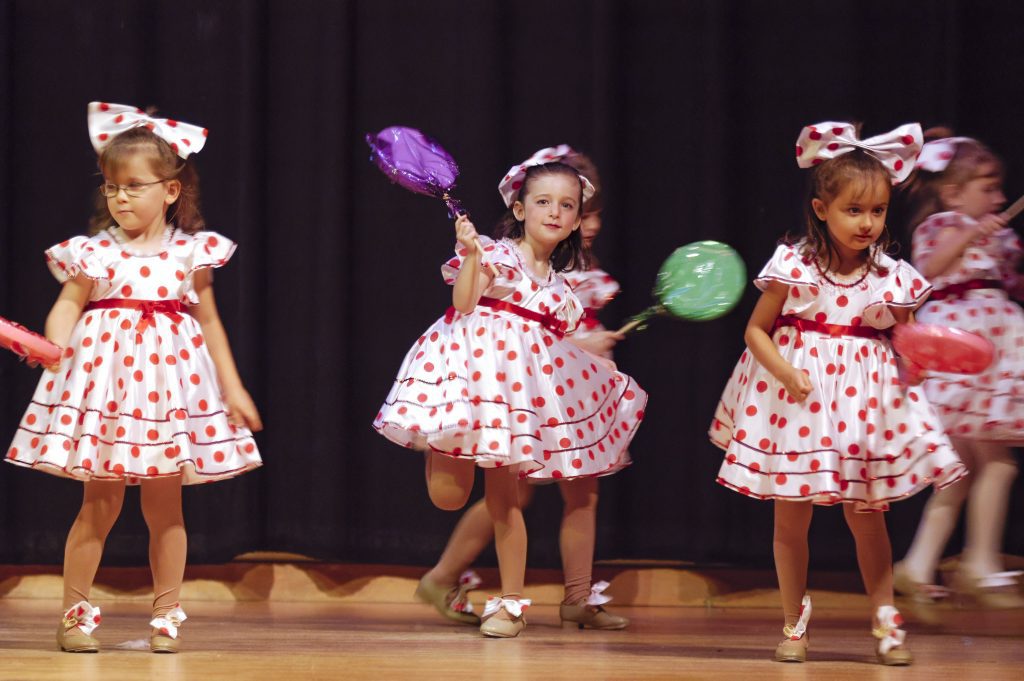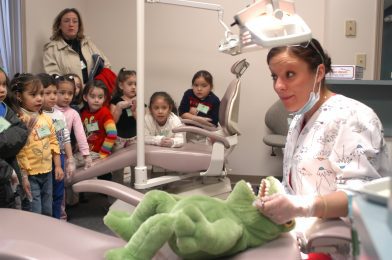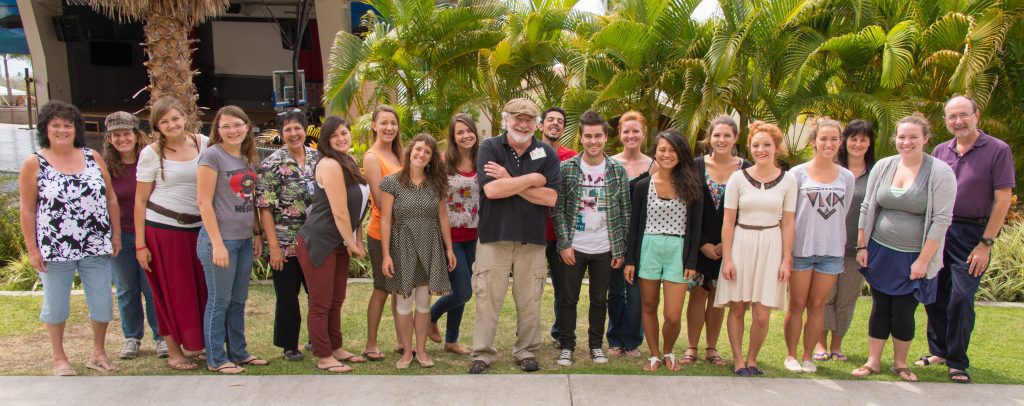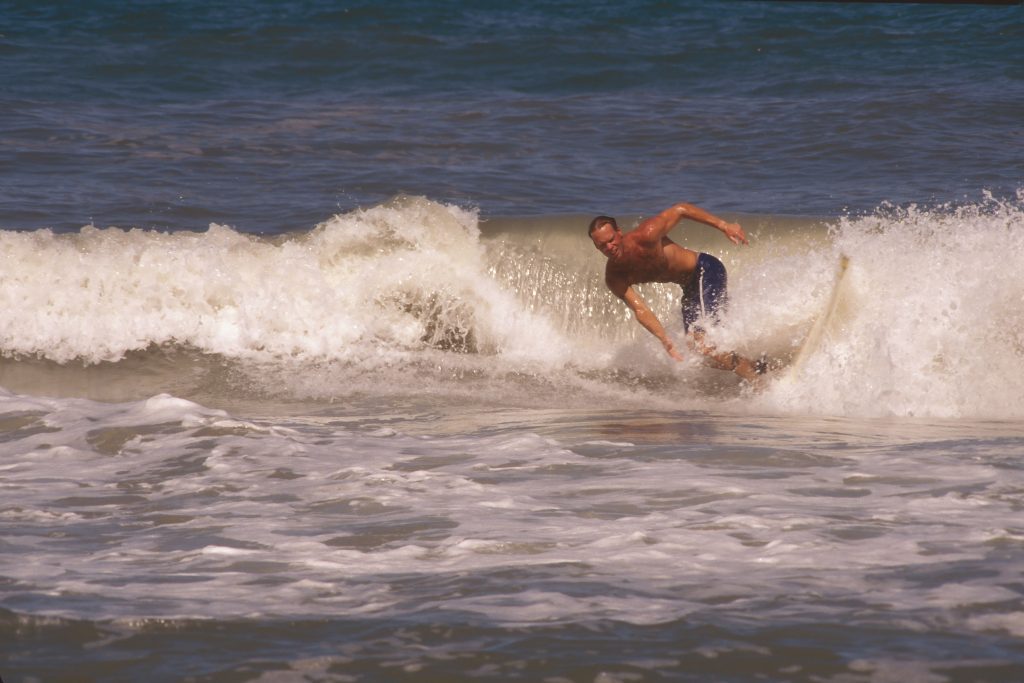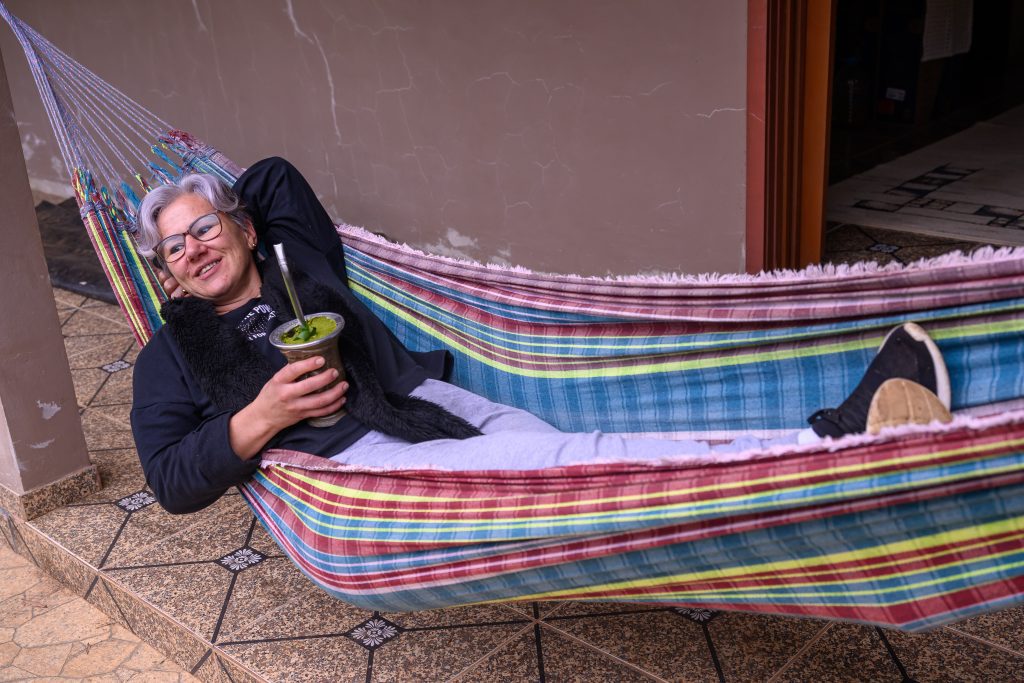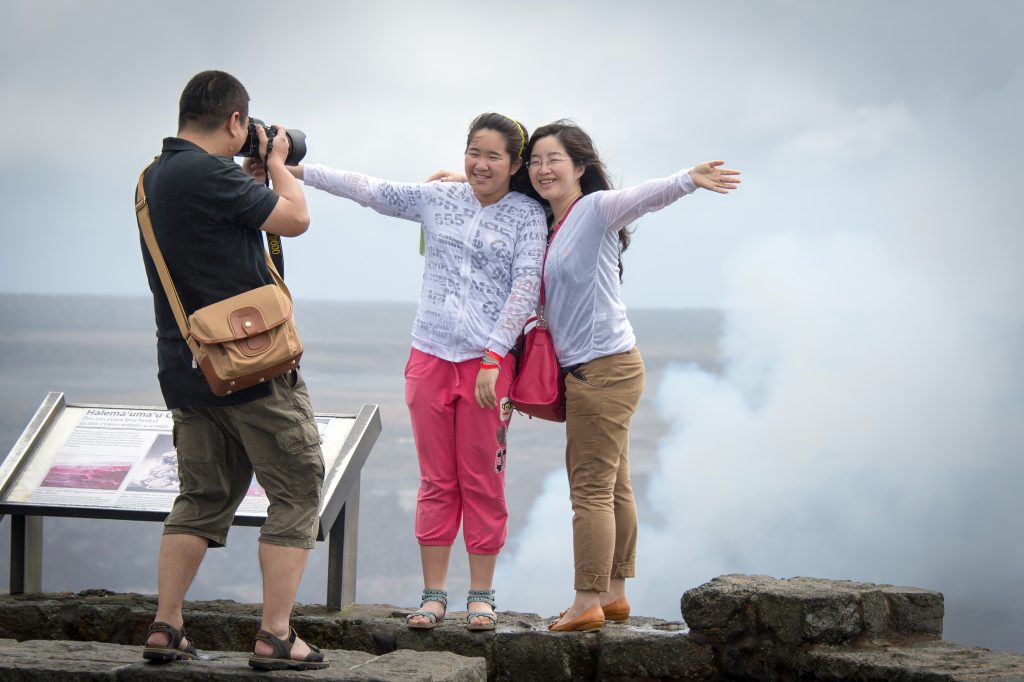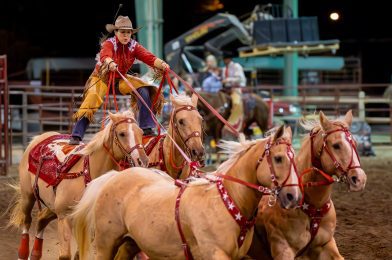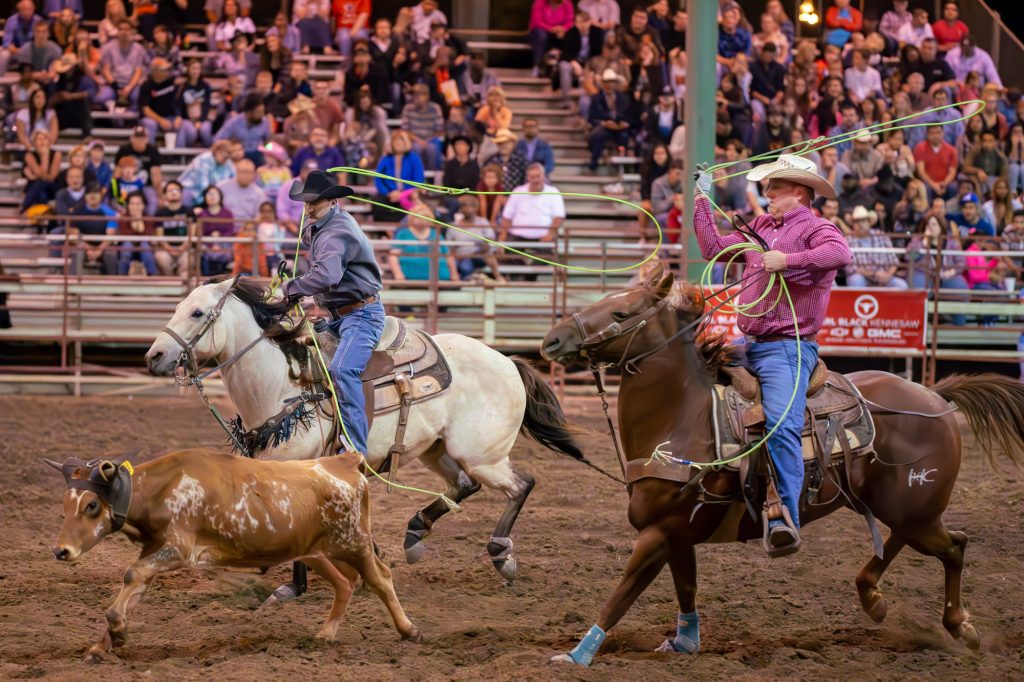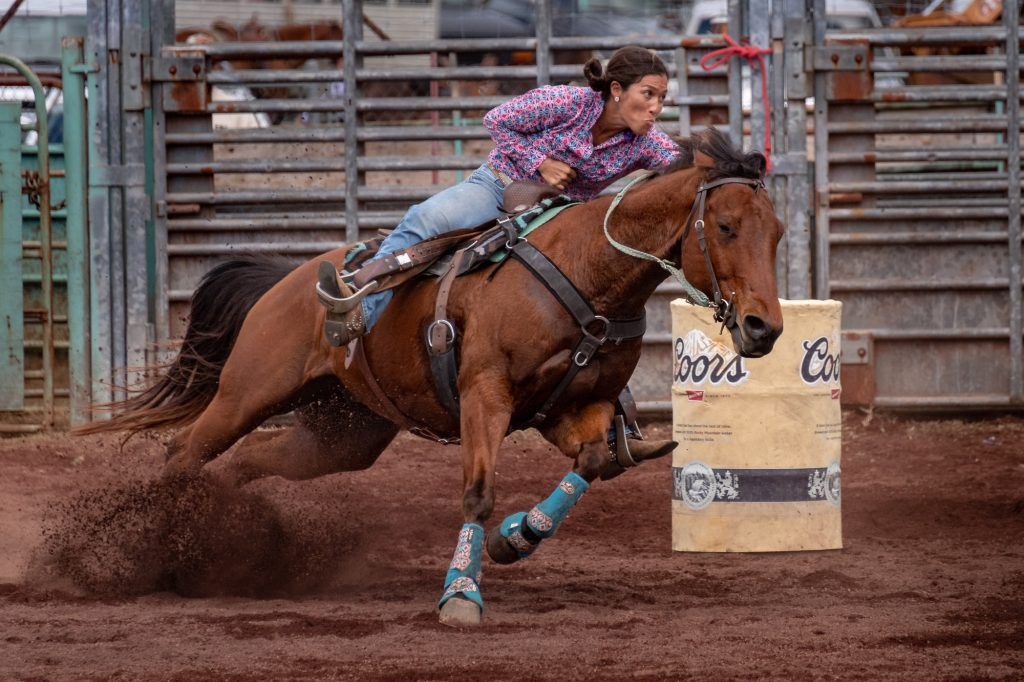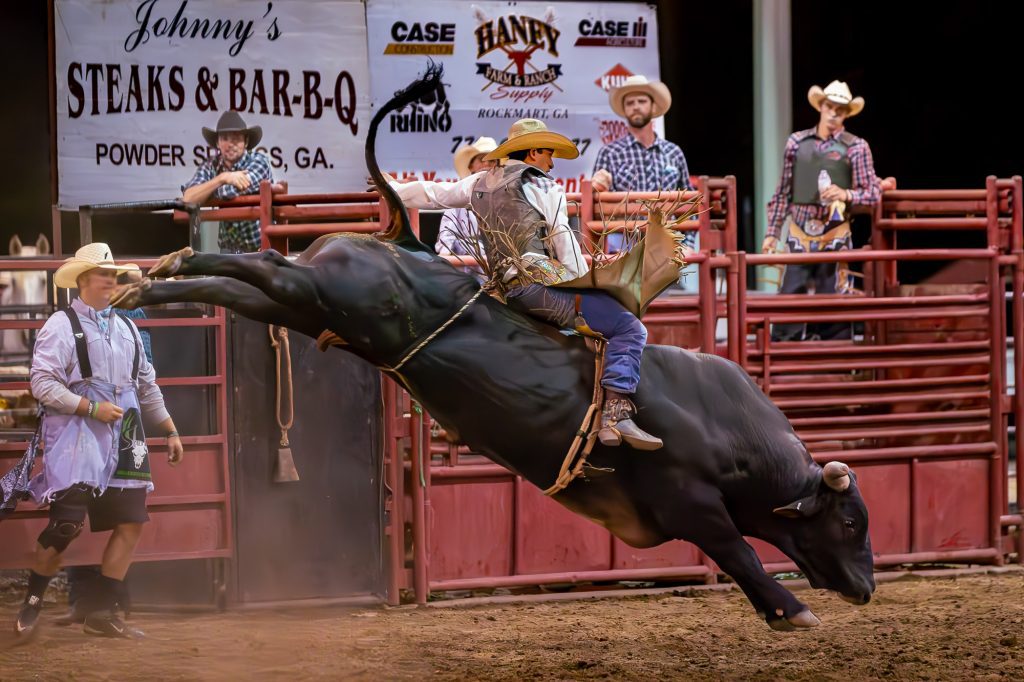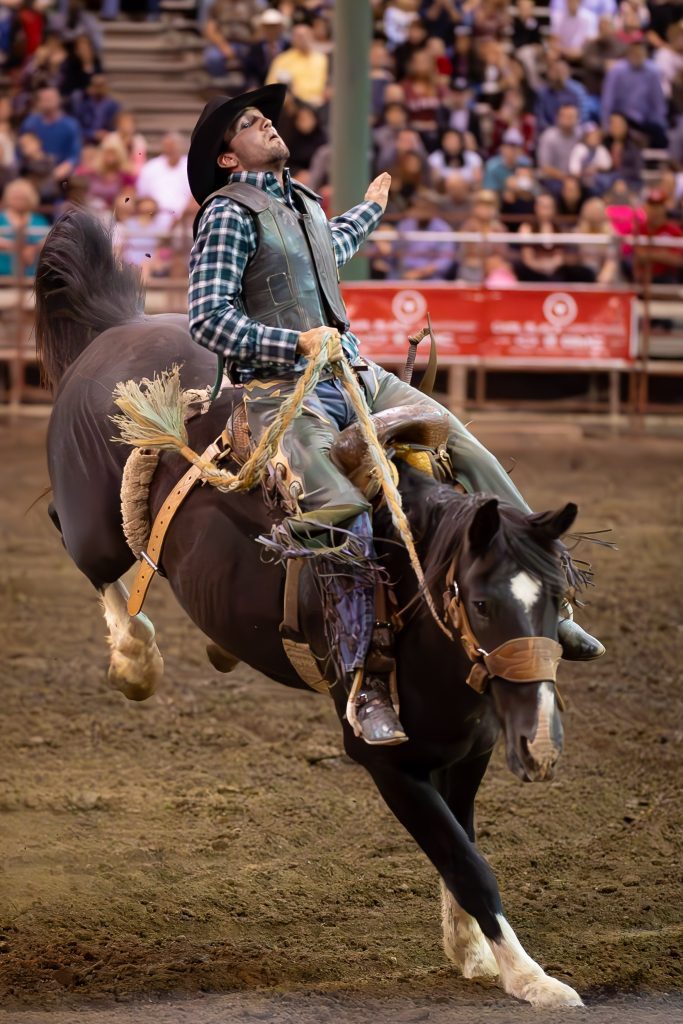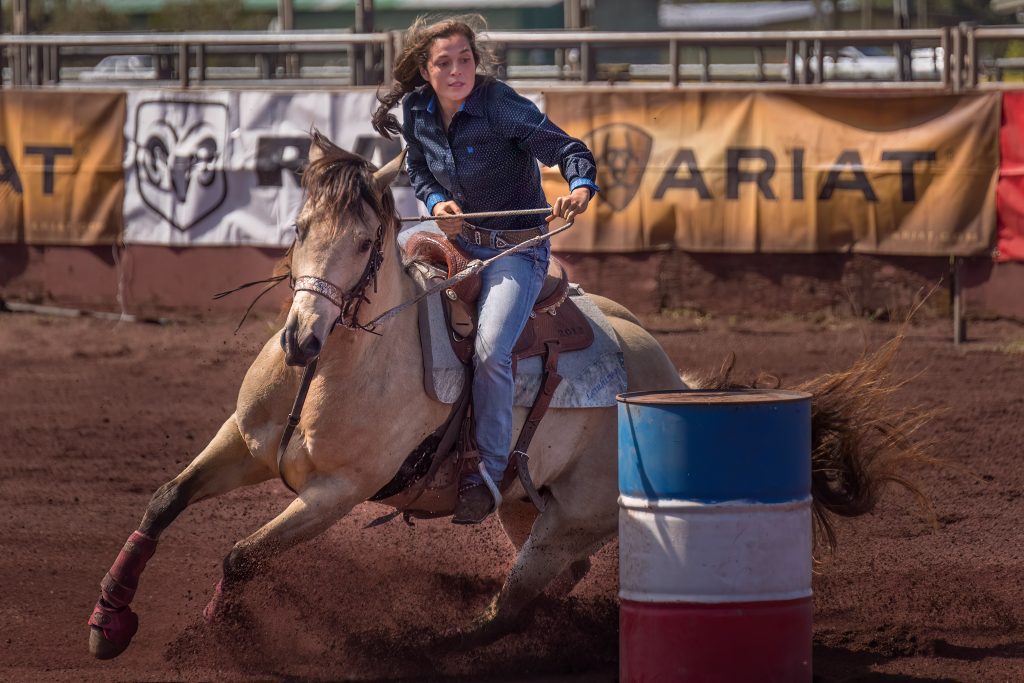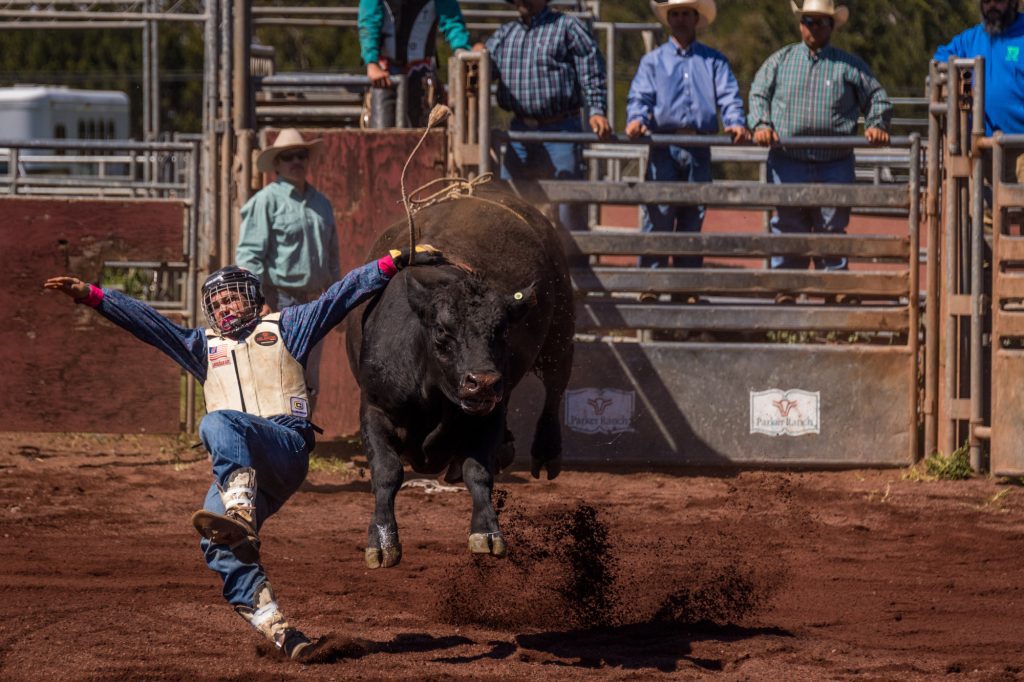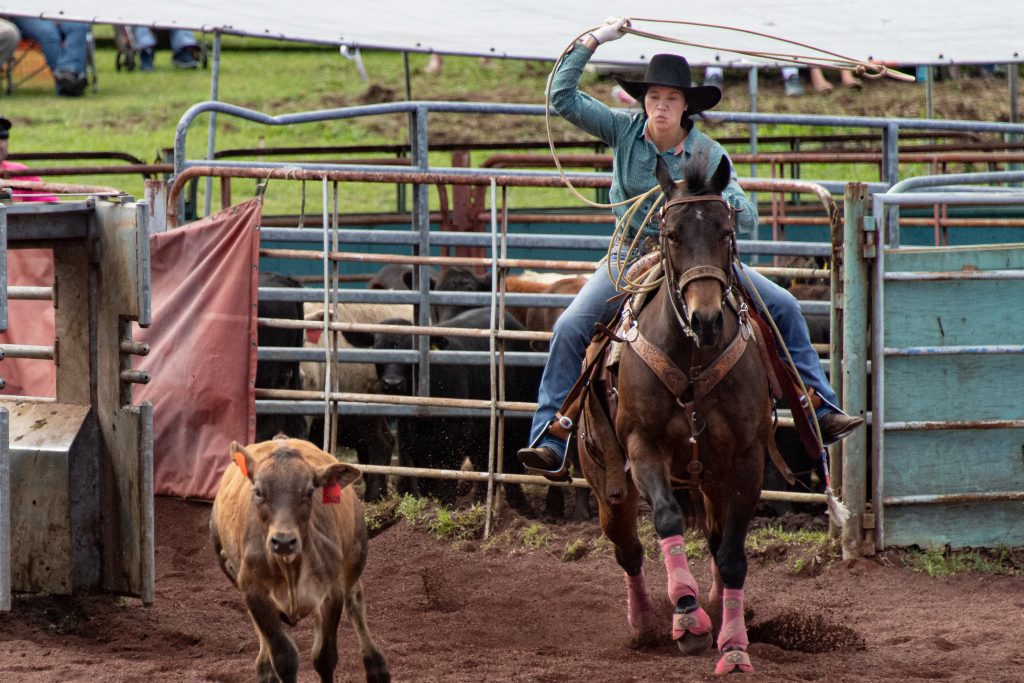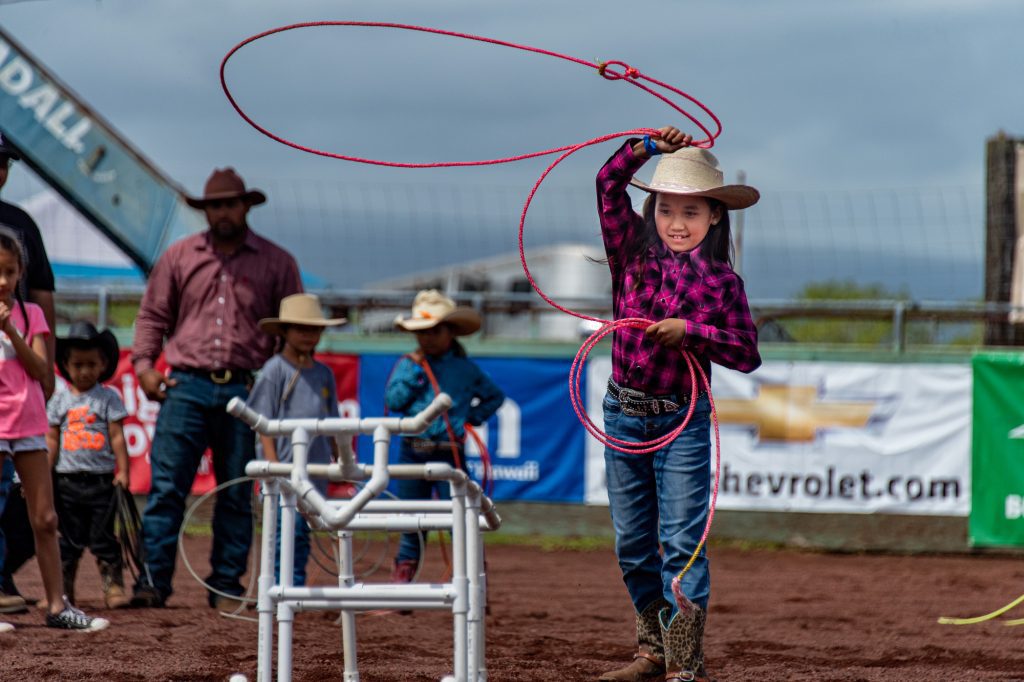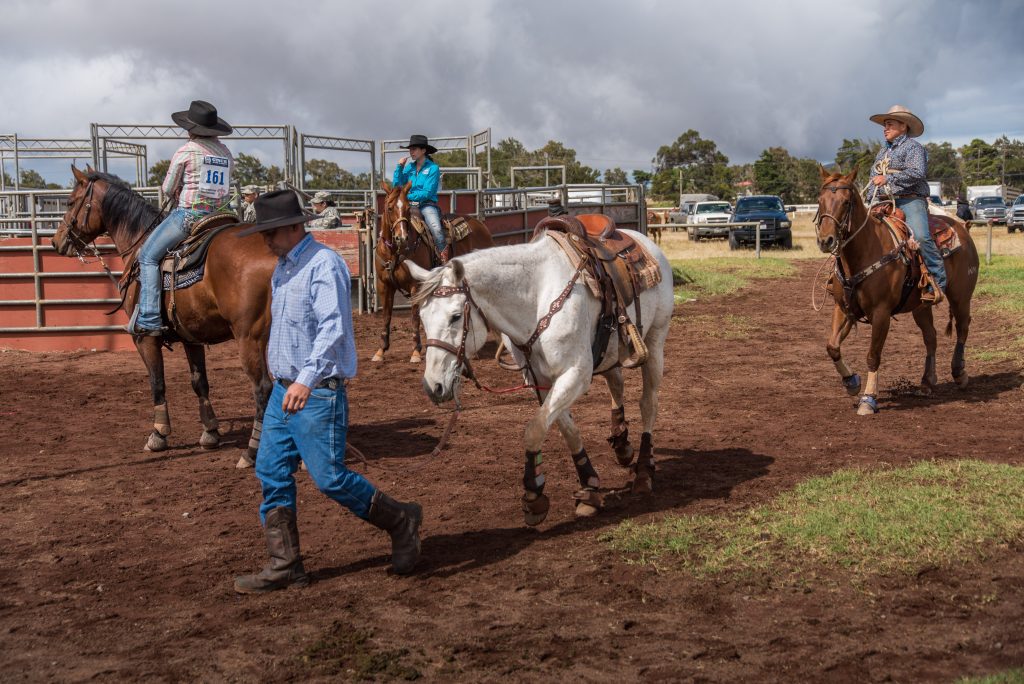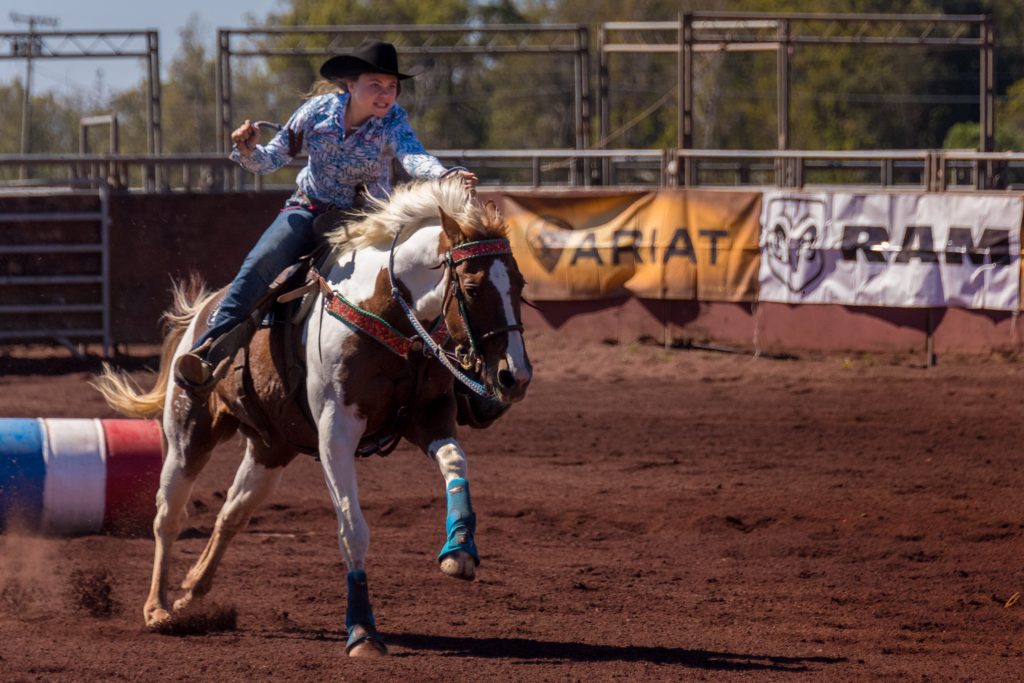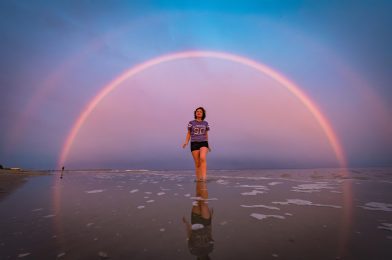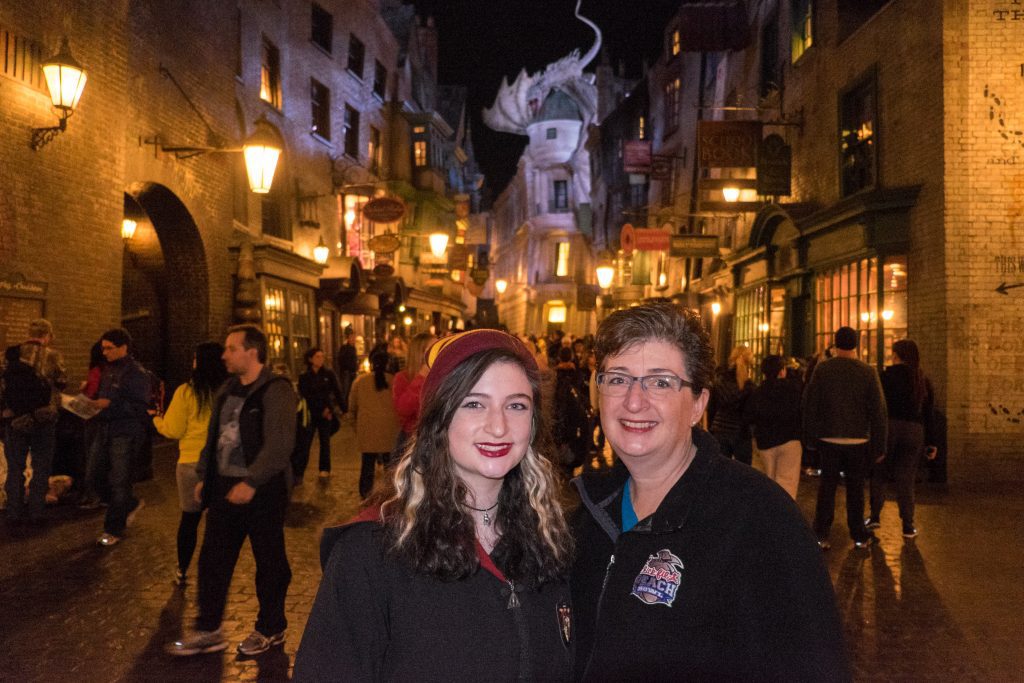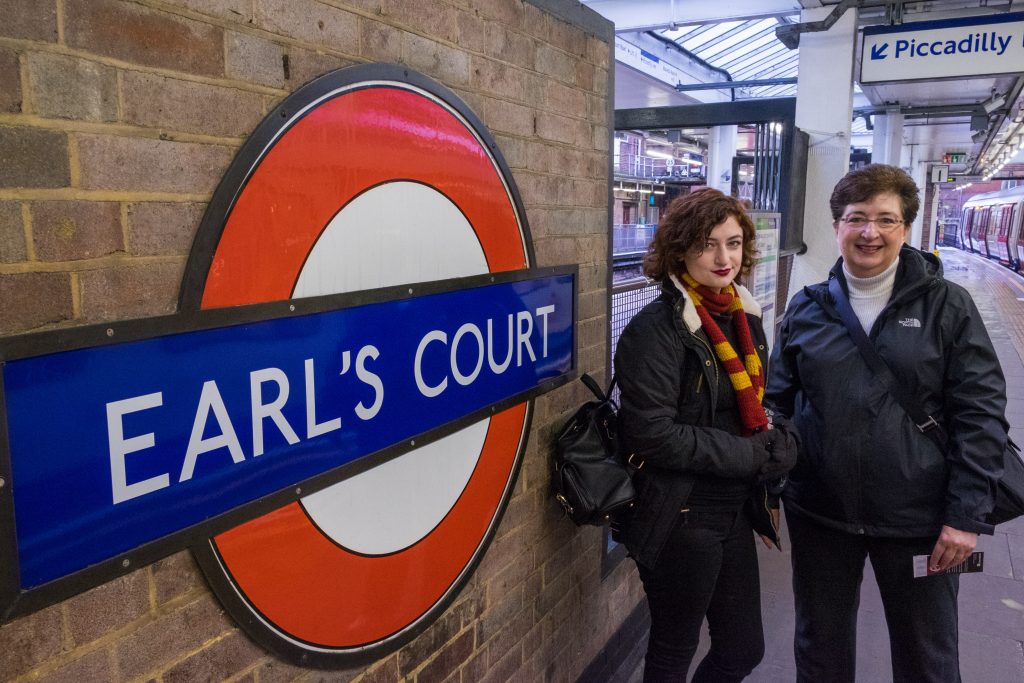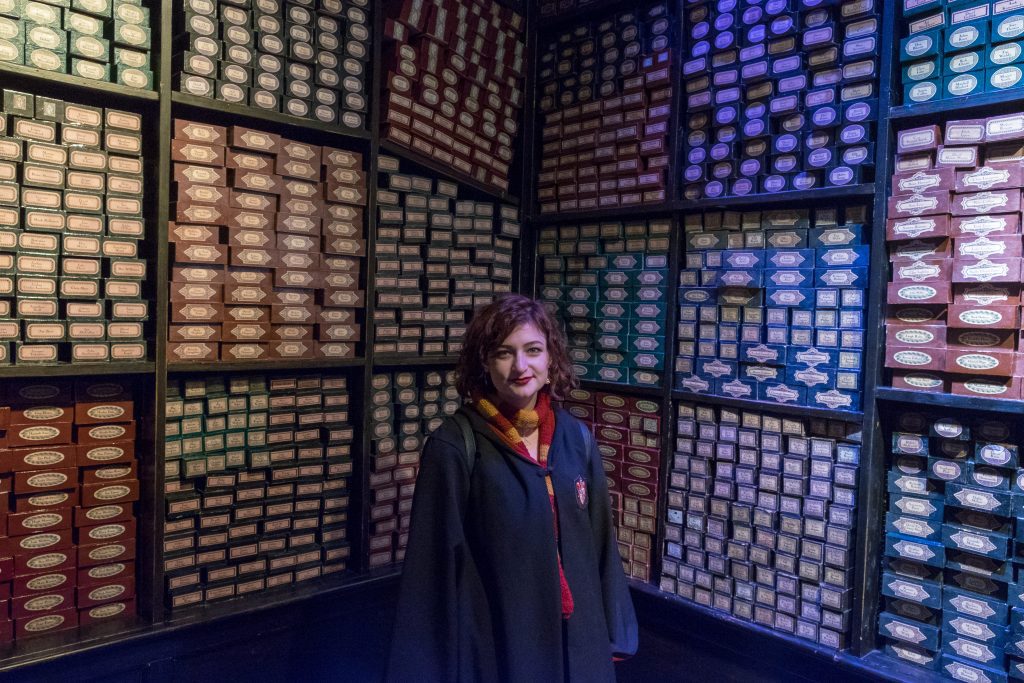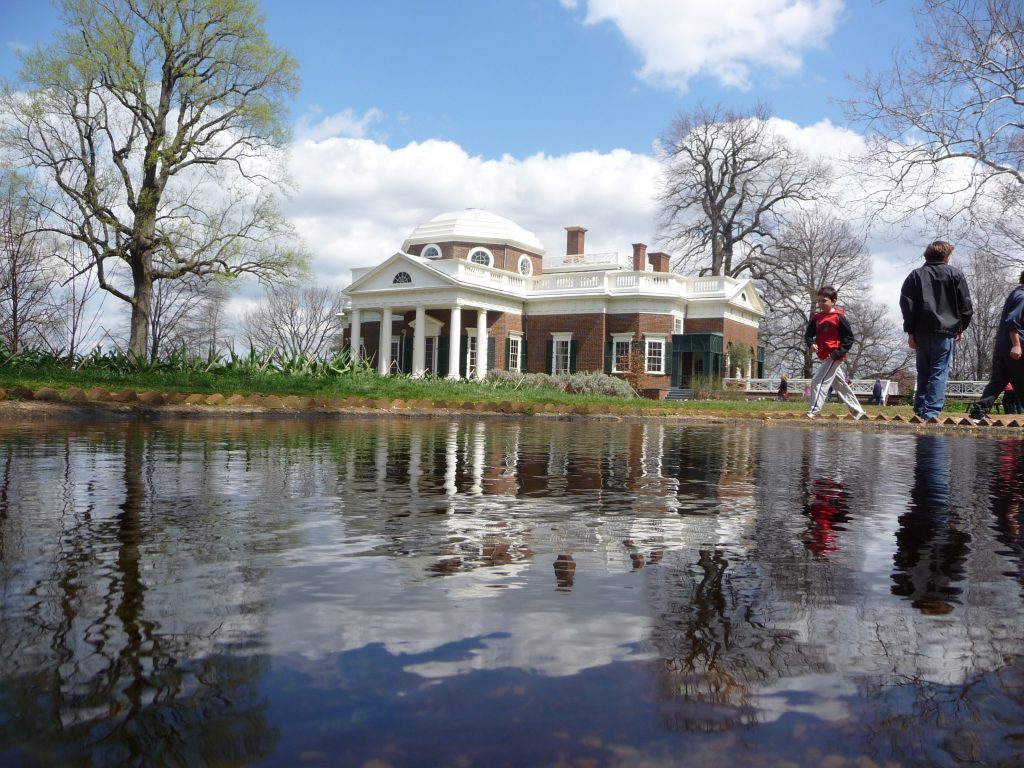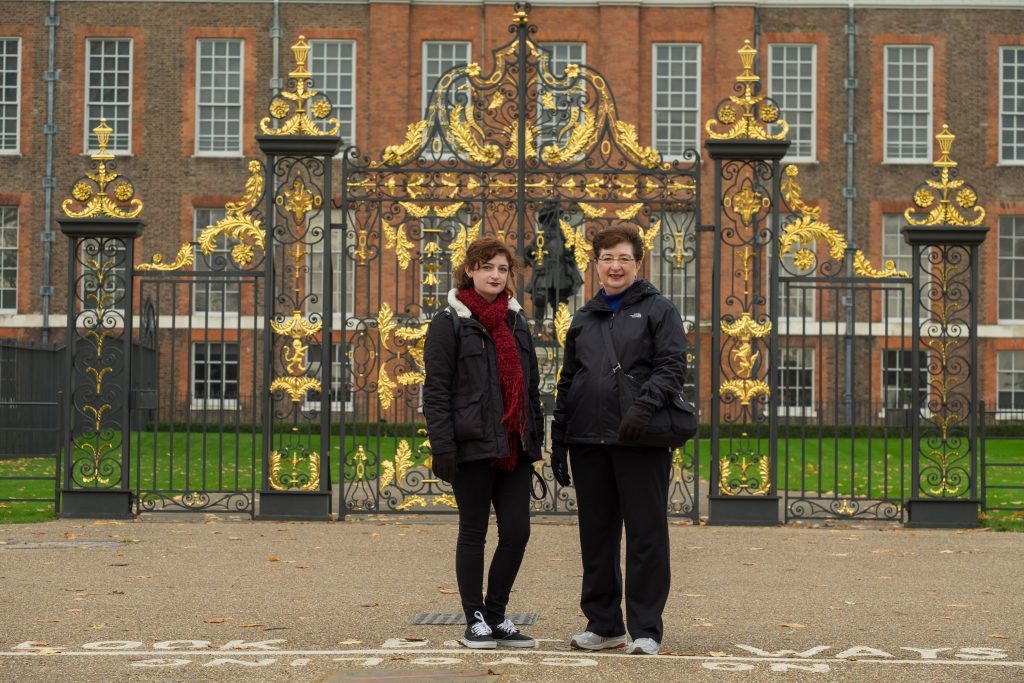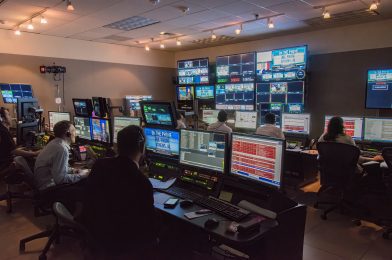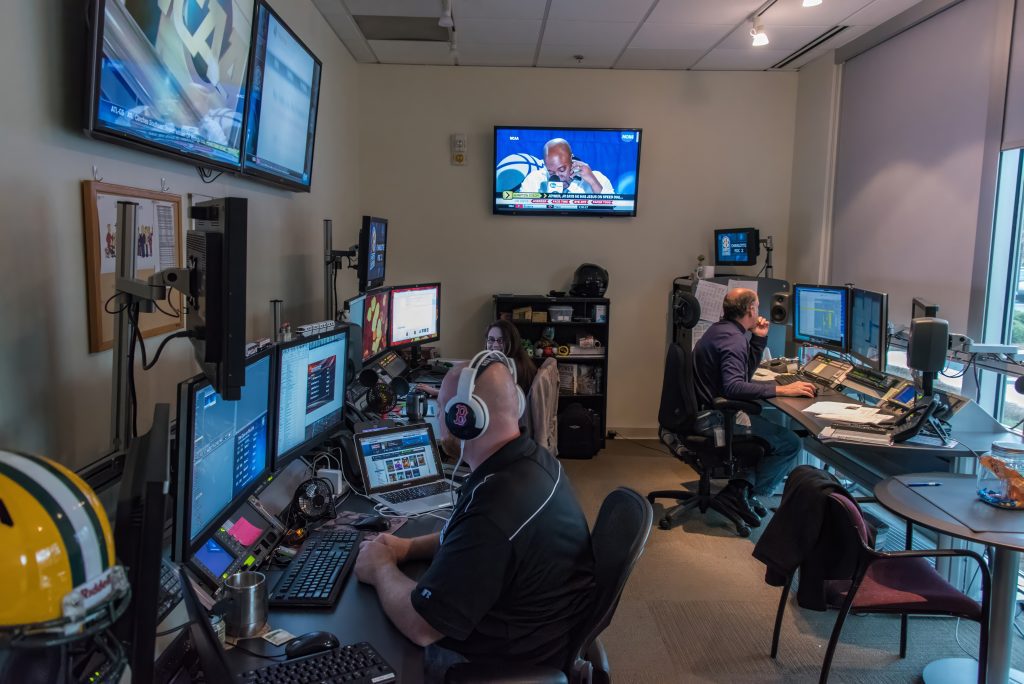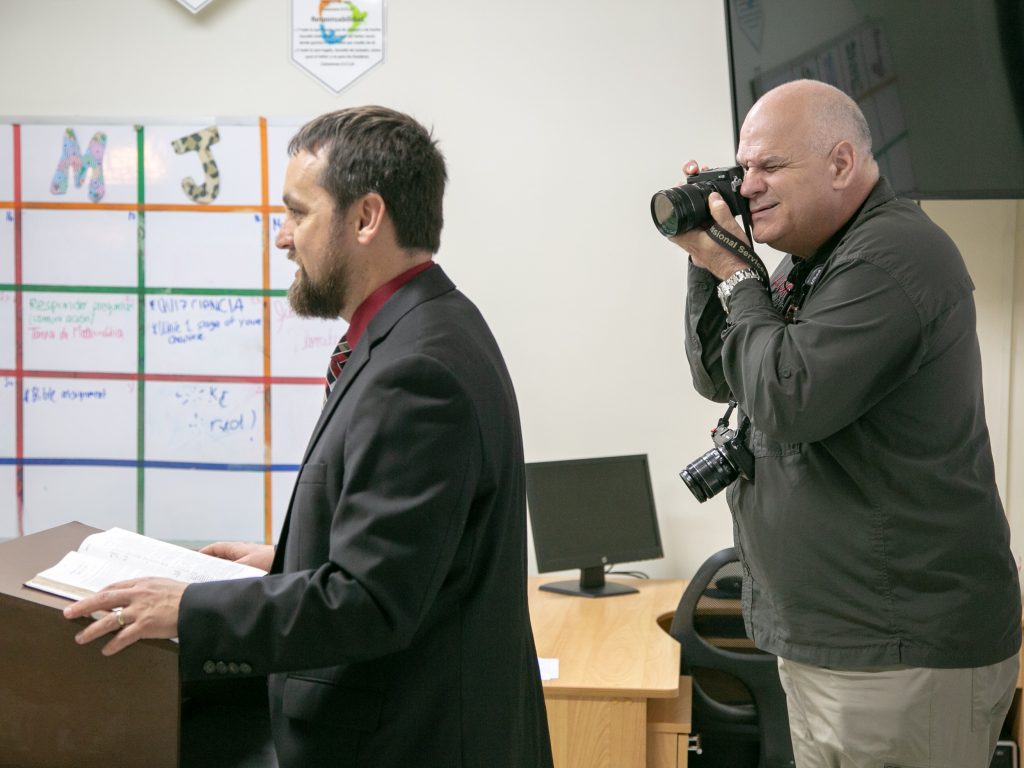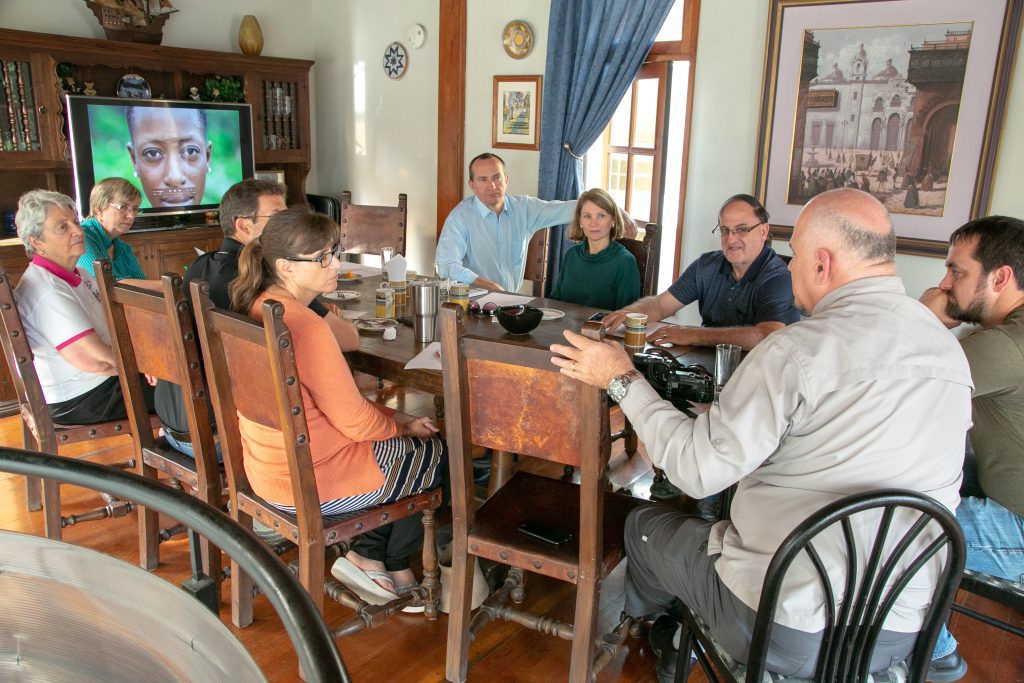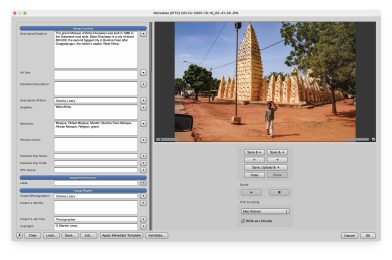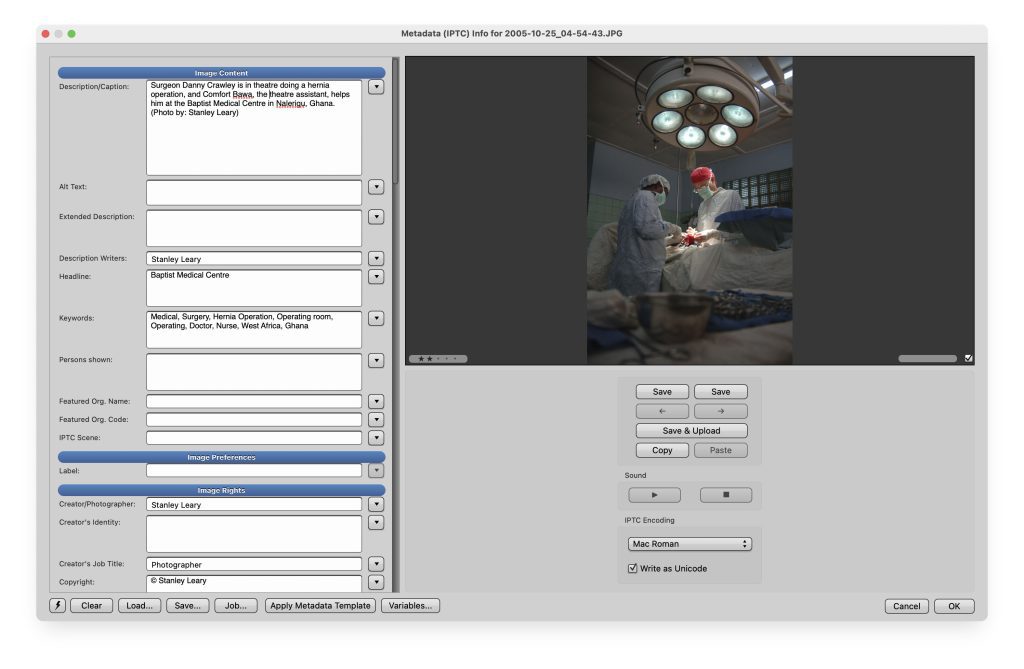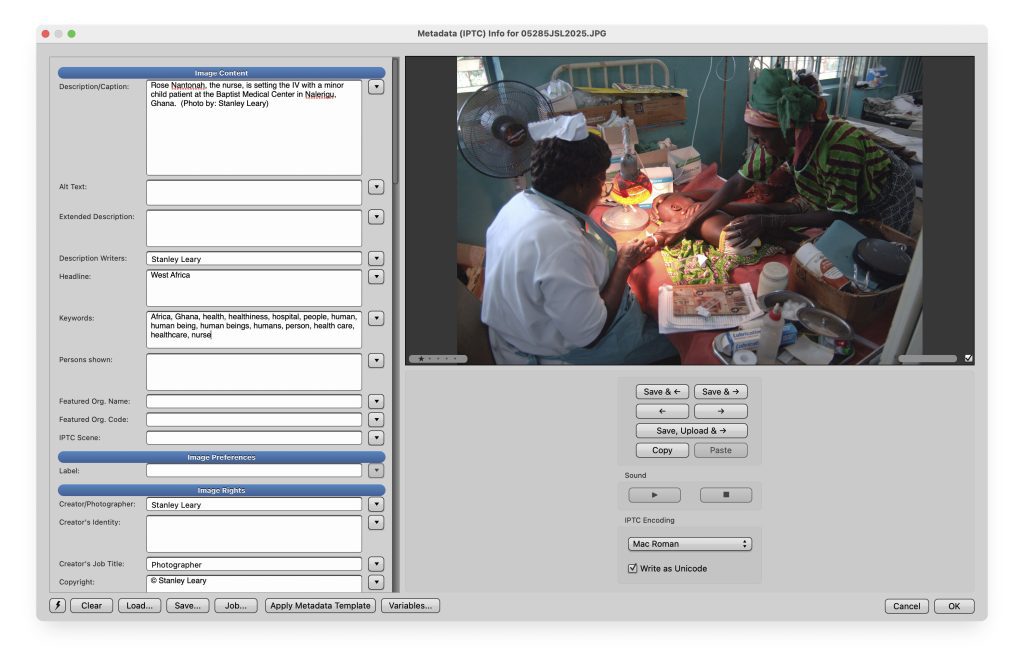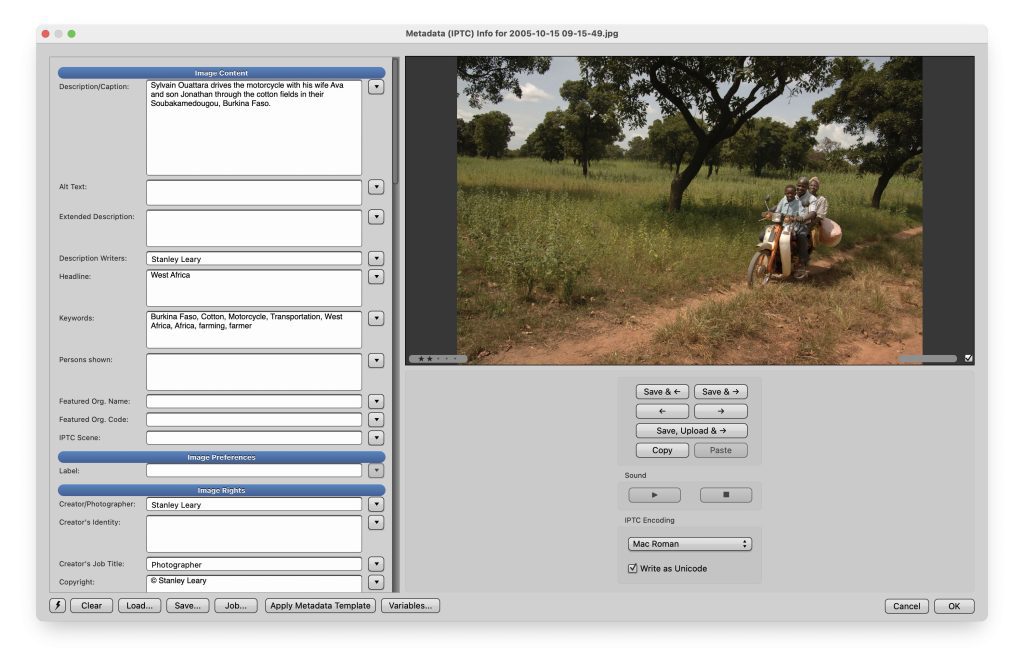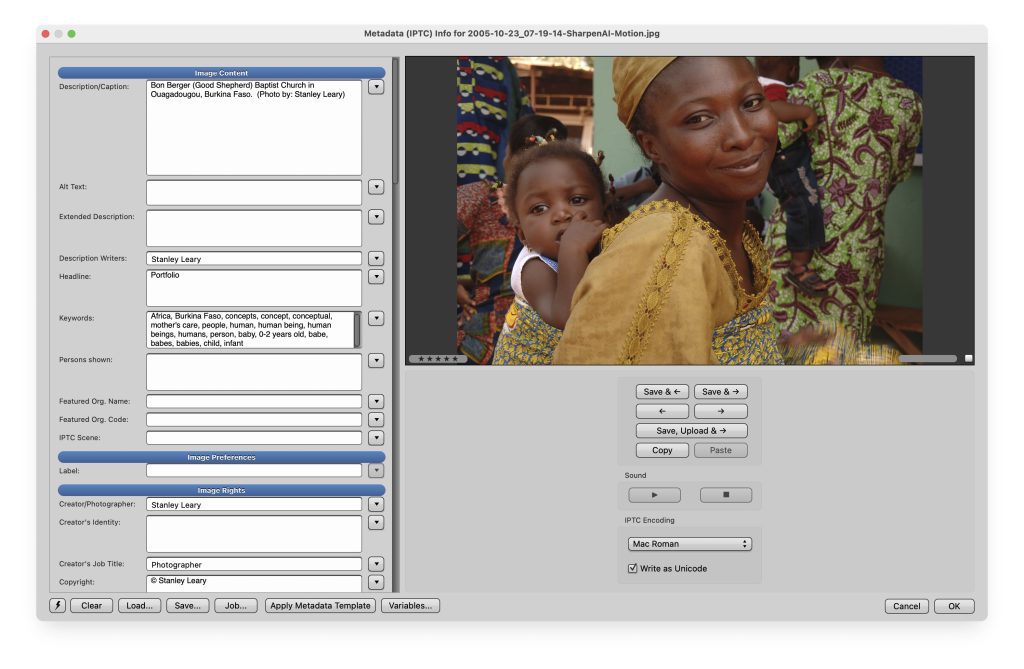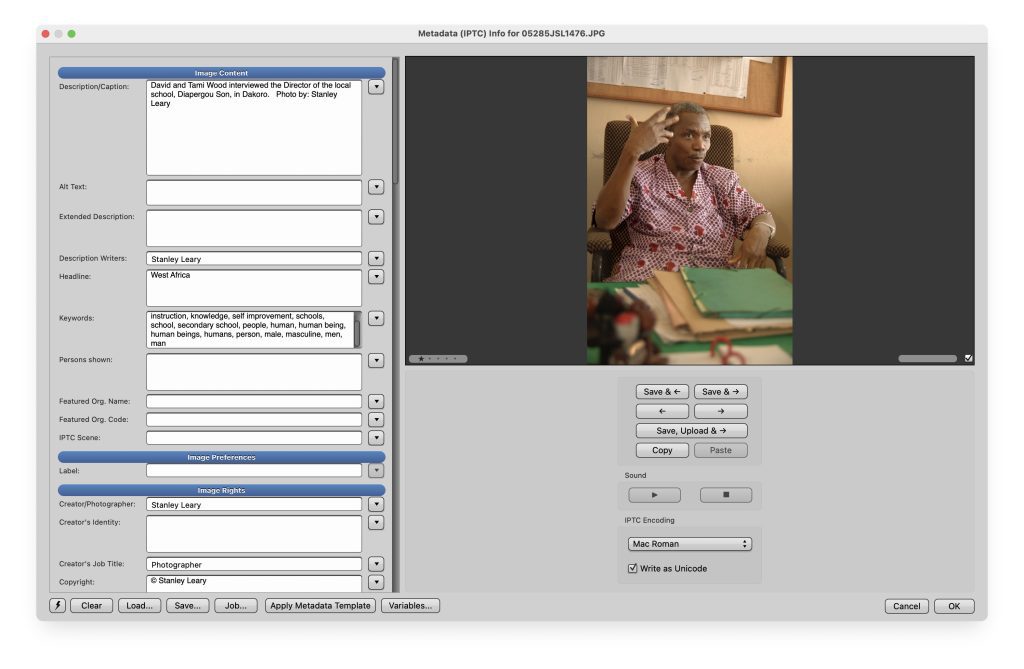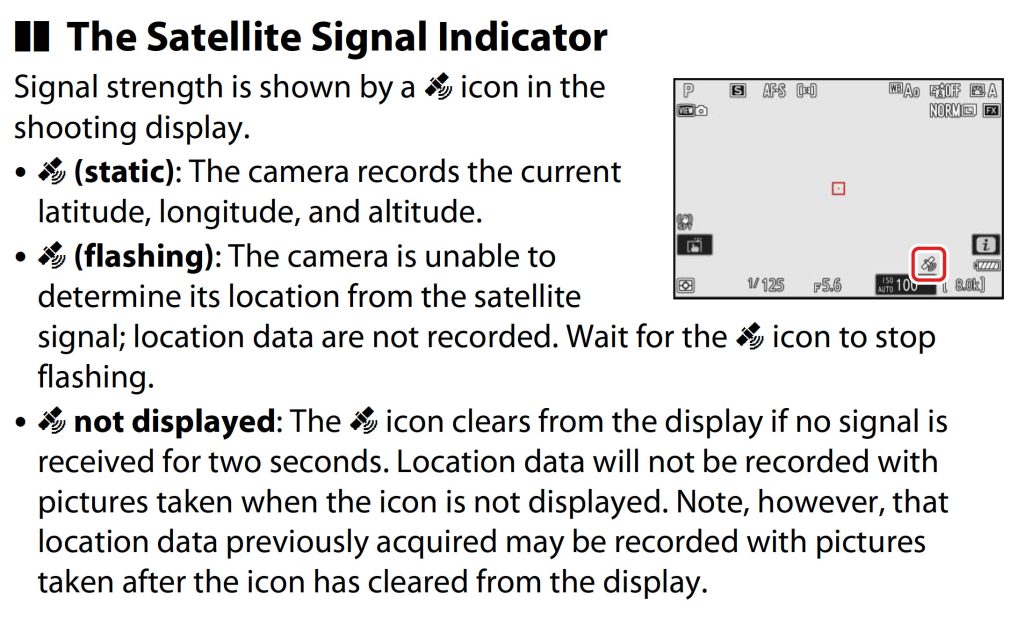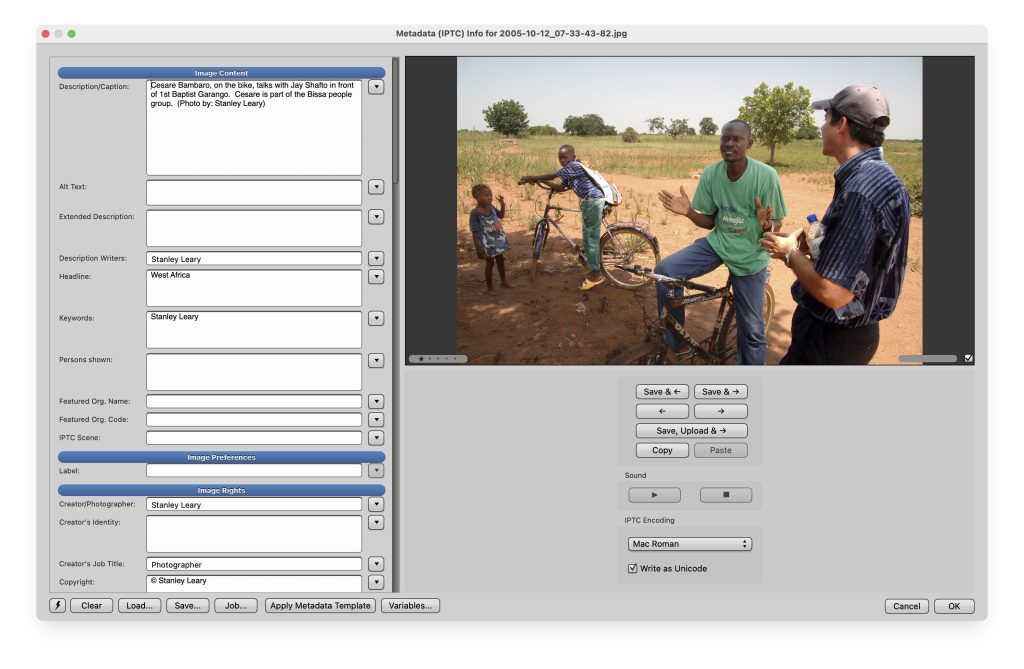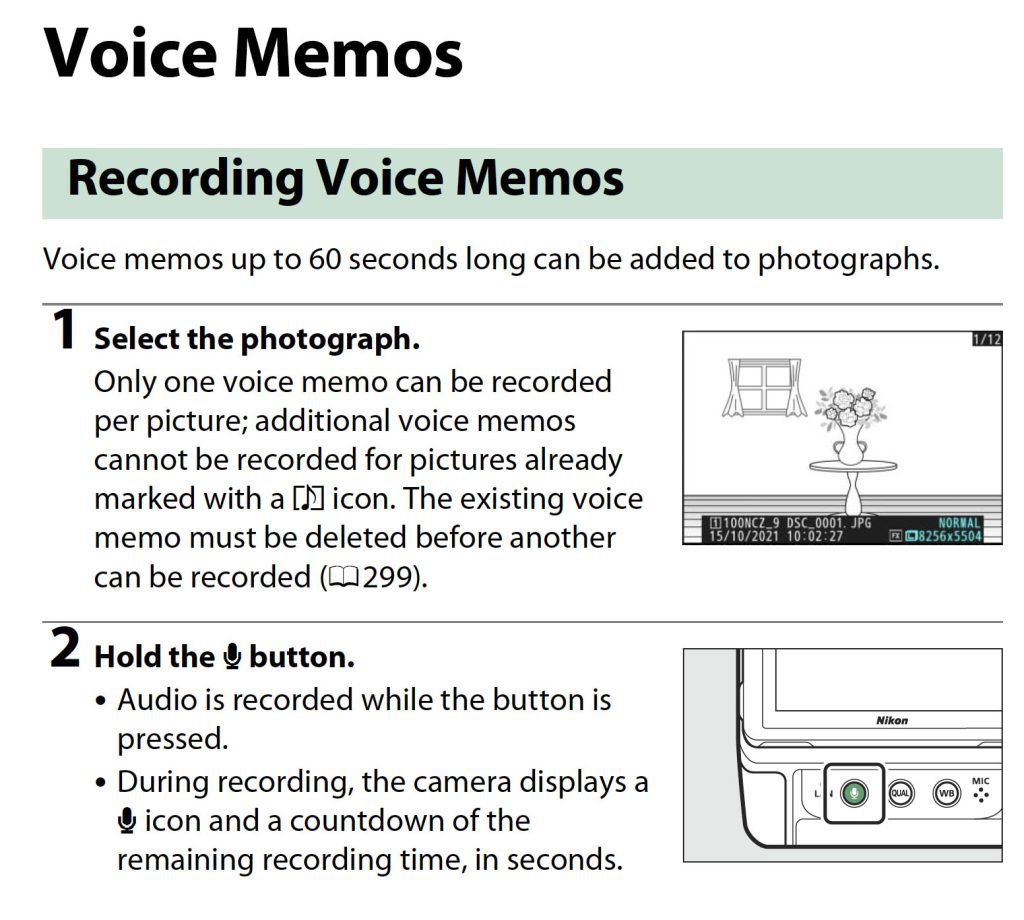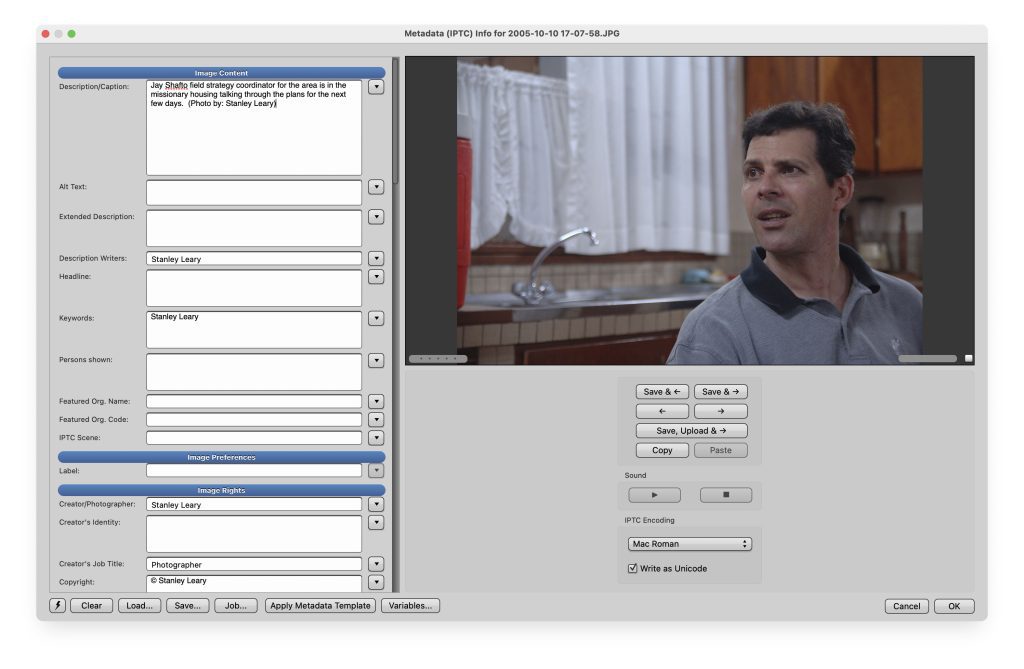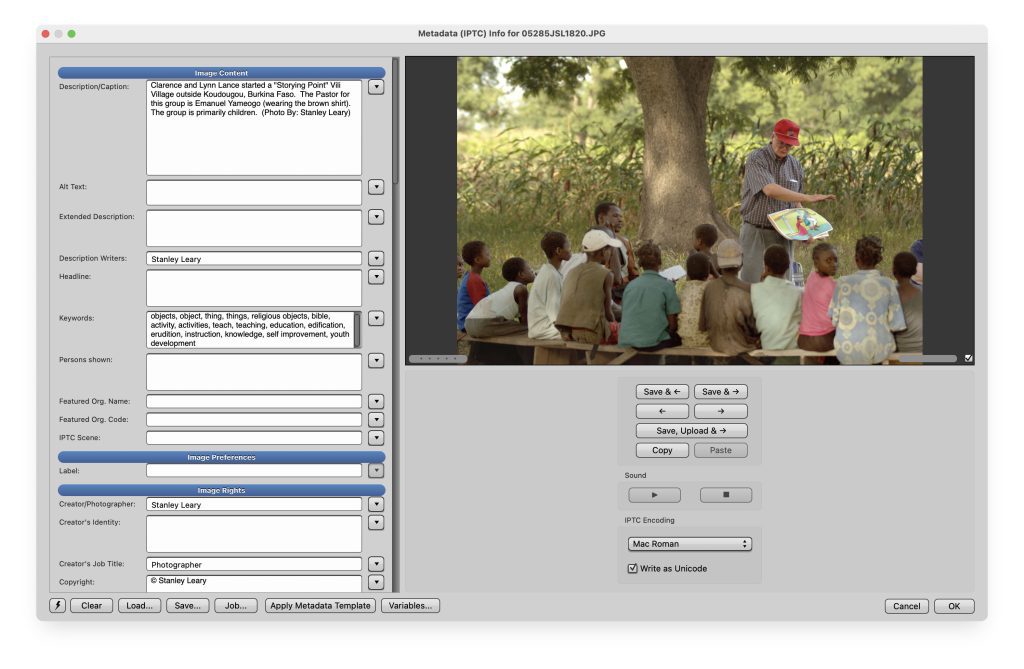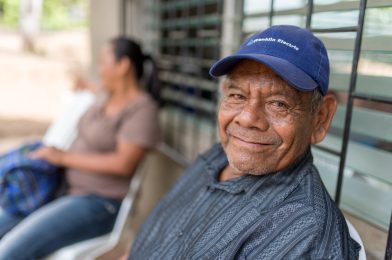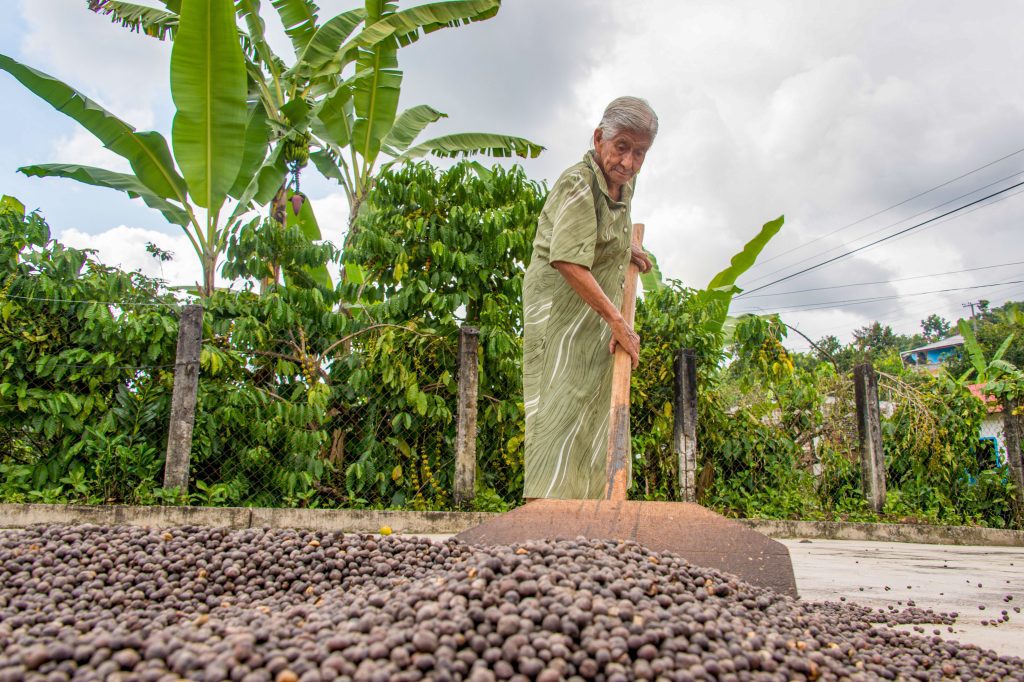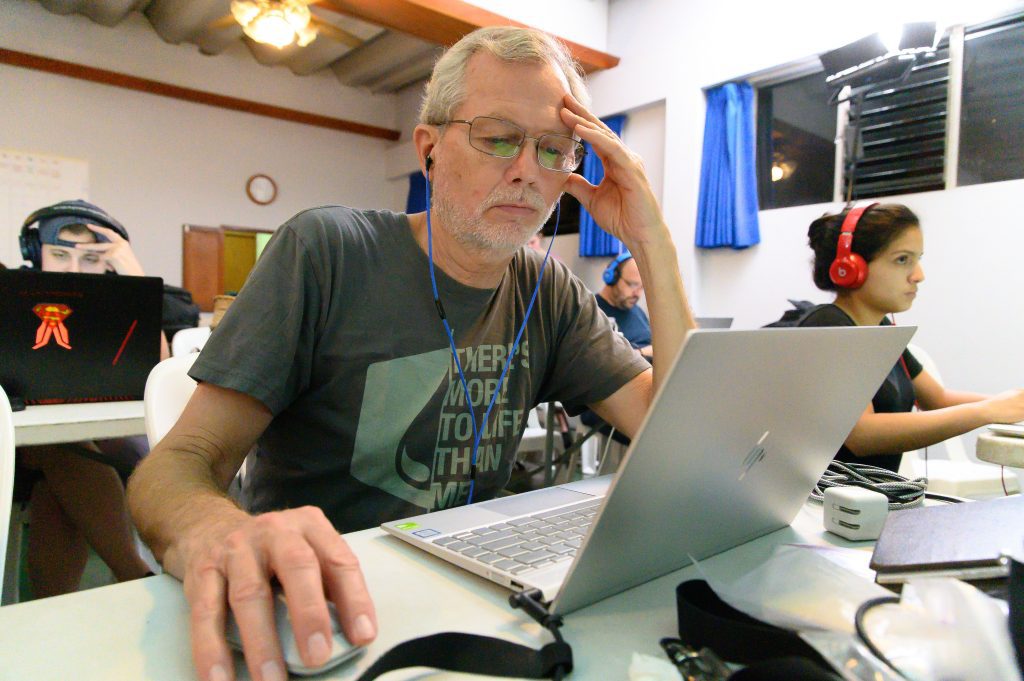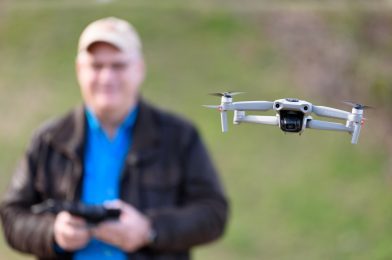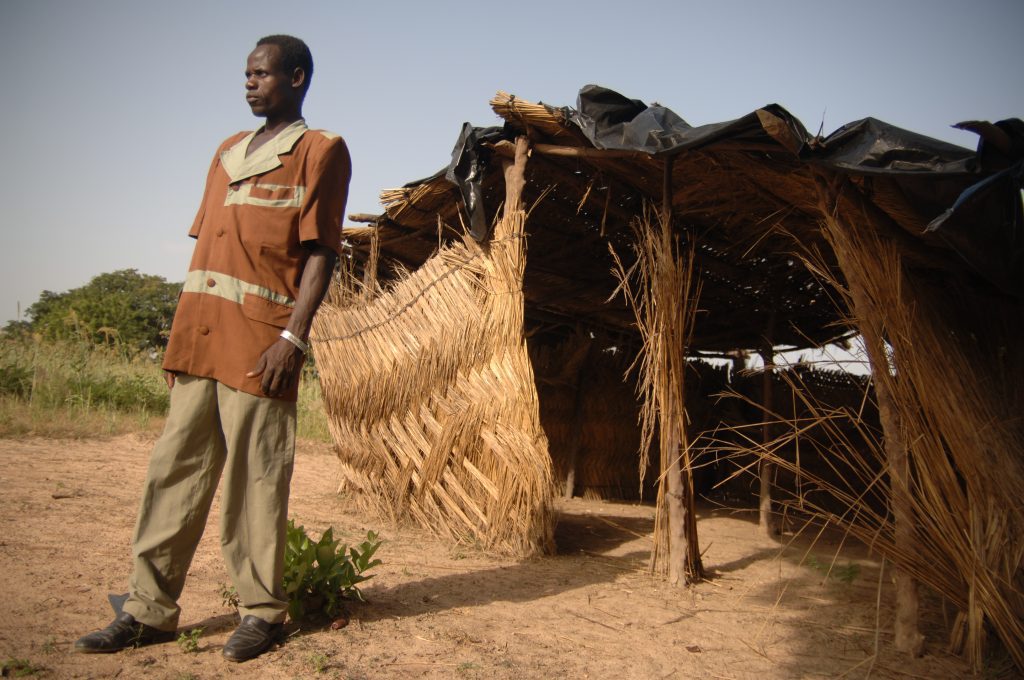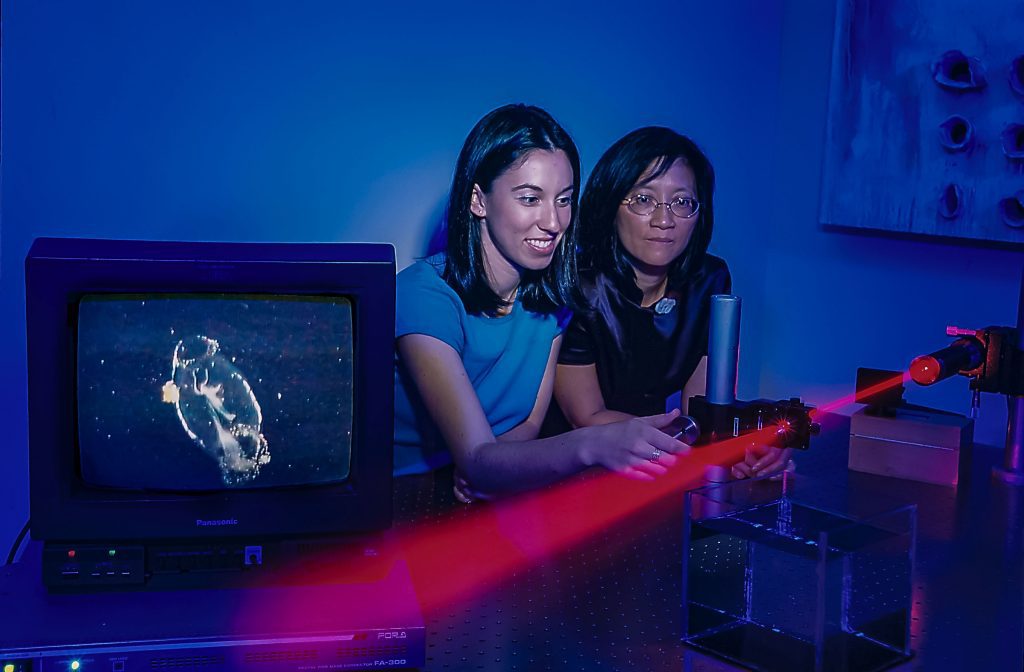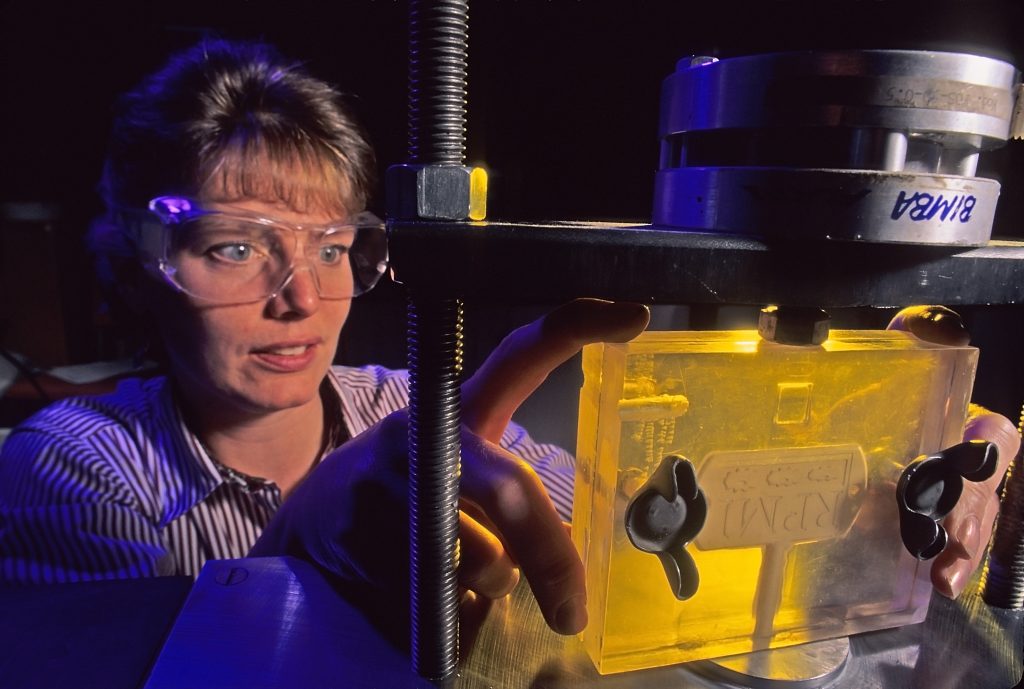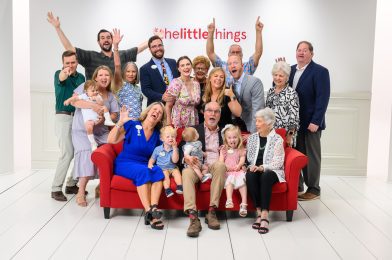Caption: This photo above ran through Topaz Photo AI, and it 1) denoise, 2) enlarged by 2x, 3) Facial AI & 4) Sharpened
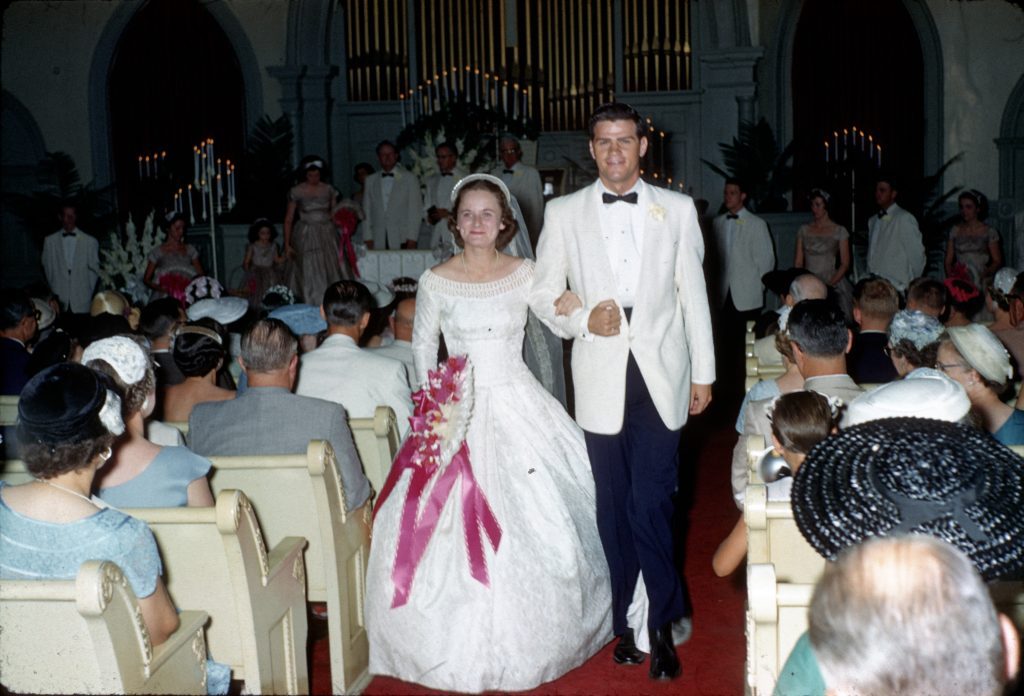
Introduction:
As we journey through life, we gather cherished moments captured in photographs. These visual mementos become a window into our past, allowing us to relive and share memories with loved ones. As technology advances, so does our ability to enhance and restore these memories. Preserving and presenting those old photographs can be a significant undertaking in preparation for a momentous occasion like a 65th wedding anniversary. Fortunately, Topaz Photo AI is revolutionizing the restoration process, using Artificial Intelligence to breathe new life into faded and damaged pictures.
Rescuing Vintage Photographs:
Old photographs have a unique charm but often suffer from wear and tear over time. Faded colors, creases, and small sizes can obscure the beauty of these precious memories. One of the remarkable features of Topaz Photo AI is its ability to upscale images without compromising quality. By employing sophisticated AI algorithms, the software analyzes and intelligently adds missing details, effectively increasing the size of the images while maintaining clarity and sharpness.
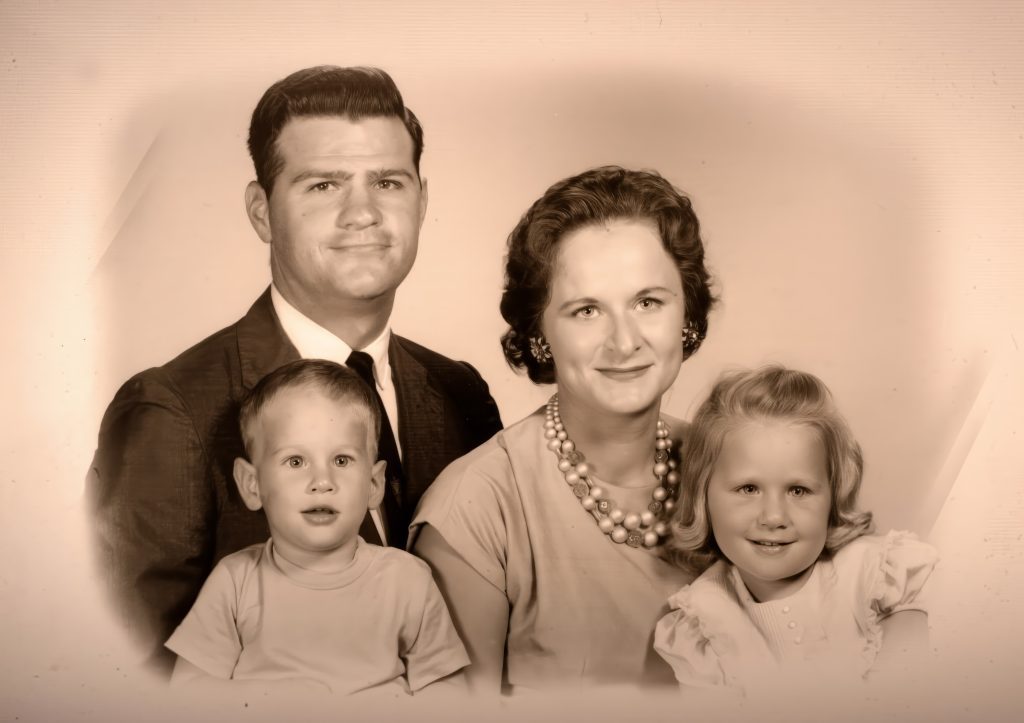
Banishing Grain and Noise:
In addition to size issues, many older photographs are plagued with grain and noise, which can obscure important details and diminish their visual appeal. Topaz Photo AI’s noise reduction capabilities come to the rescue. The advanced AI-based denoising technology enables the software to distinguish between unwanted noise and actual image content, resulting in cleaner, more refined pictures.
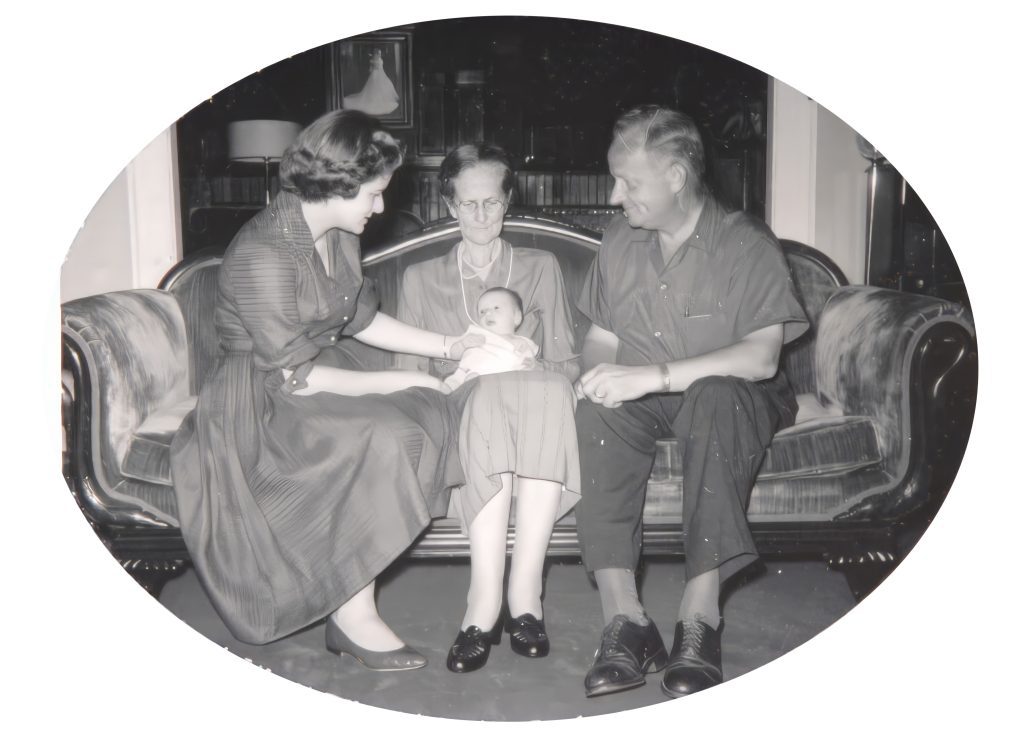
Enhancing Image Sharpness:
Shakiness, low-quality lenses, and other factors might cause old photos to appear blurry or lacking in detail. Topaz Photo AI addresses this issue with its intelligent sharpening tools. The AI analyzes the image, identifies edges and patterns, and applies selective sharpening to highlight important details, giving your photographs a new sense of clarity and focus.
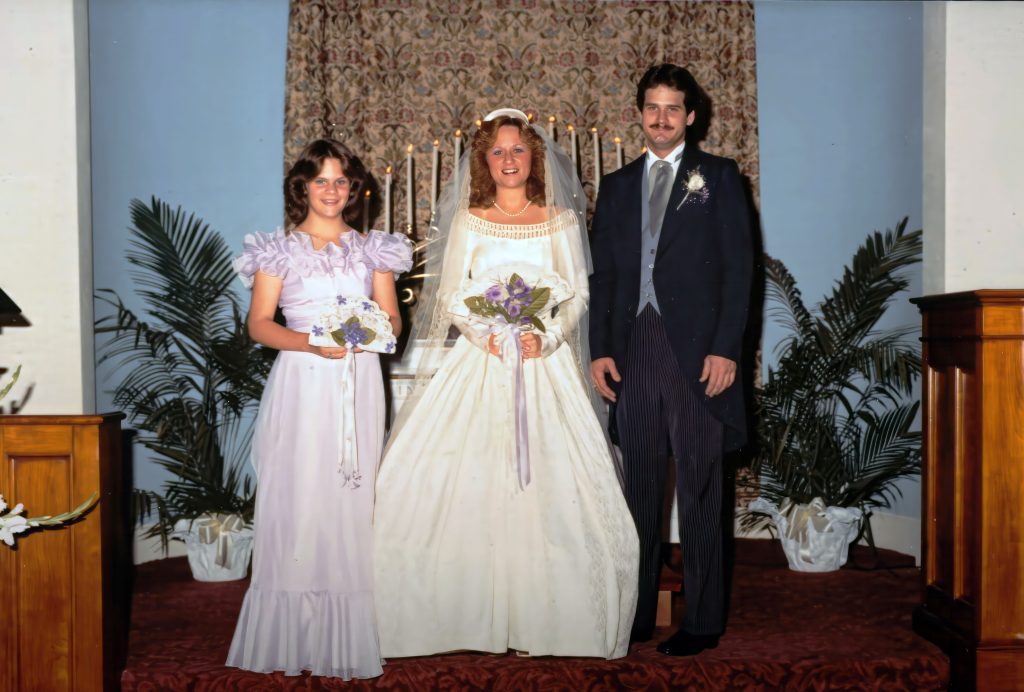
Face Recovery: A Special Touch for Family History:
Preserving old photographs often involves restoring the faces of those who have shaped our lives. Faces hold significant emotional value, and keeping them in their best form is crucial. With Face Recovery, a groundbreaking feature of Topaz Photo AI, the software can recognize faces and restore them to their natural and vibrant appearance. The AI works to retain facial features, expressions, and nuances, allowing your parents’ 65th wedding anniversary slide show to capture the essence of your family history truly.
Crafting an Unforgettable Slide Show:
Once you’ve revived and improved your old photographs with Topaz Photo AI, creating a memorable slide show is time. Enter FotoMagico, a powerful slide show creation tool. Combining the enhanced images with FotoMagico’s versatile features, like timing adjustments and smooth transitions, allows you to weave a seamless and emotionally engaging narrative of your parents’ journey together.
Conclusion:
As we celebrate life’s milestones and special moments, preserving and sharing the memories that have shaped us becomes more essential than ever. Topaz Photo AI’s remarkable capabilities in upscaling, noise reduction, sharpening, and Face Recovery offer an invaluable toolset for transforming aged photographs into visual masterpieces. By integrating these restored images into a captivating slide show with FotoMagico, you can create a heartfelt tribute to your parents’ enduring love, ensuring their 65th wedding anniversary is a celebration to be cherished for generations to come.

